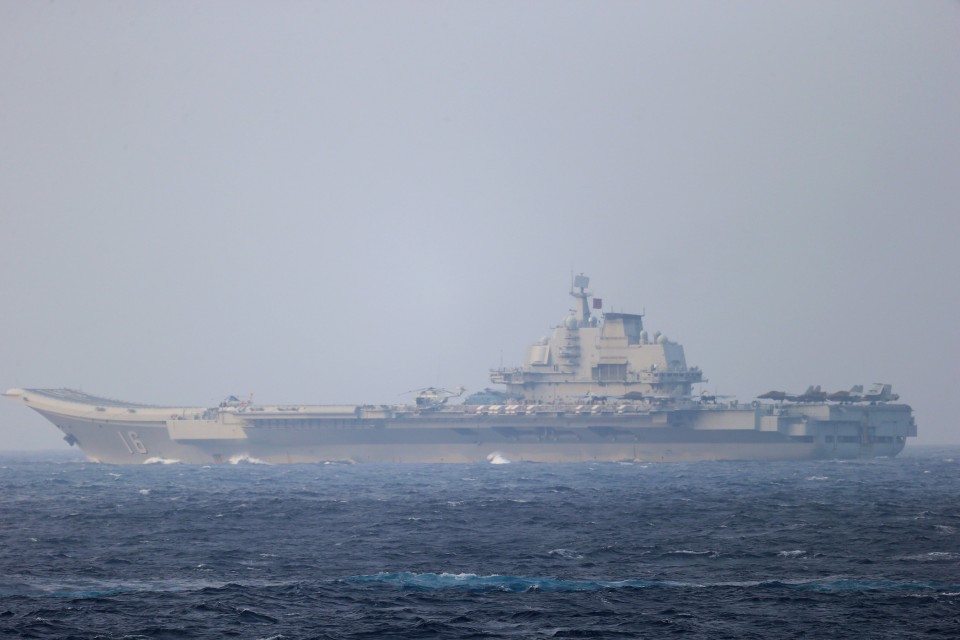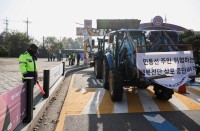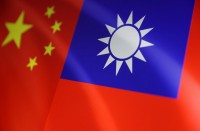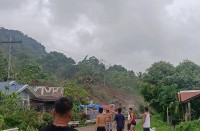
BEIJING (Reuters) – China said on Thursday its Liaoning aircraft carrier had been on a routine training mission in the western Pacific and dismissed charges by Tokyo that the vessel and its escorts had entered Japanese waters.
In the latest incident in a drawn-out dispute between Beijing and Tokyo over maritime activities, Japan’s defence ministry said on Wednesday the carrier and two accompanying destroyers had sailed between Japan’s southern Yonaguni and Iriomote islands in waters where Japan can exert control.
China’s defence ministry responded on Thursday by saying the vessels were on a training exercise that was in line with relevant international laws. It did not give an exact location for the flotilla.
“There is no need for relevant parties to over-interpret it,” the defence ministry said in a statement.
Japan’s Deputy Chief Cabinet Secretary Hiroshi Moriya said on Wednesday that Tokyo had conveyed its serious concerns to Beijing, describing the incident as “utterly unacceptable”.
Japan would continue to closely monitor Chinese naval vessels’ activities in the surrounding waters, Moriya said.
An increase in Chinese military activity near Japan and around the island of Taiwan in recent years has worried Tokyo. Japan has responded with a defence buildup it says aims to deter China from using military force to push its territorial claims in the region.
Last month, Japan lodged a protest with Beijing after a Chinese navy survey vessel entered Japanese waters. It also accused a Chinese spyplane of breaching its airspace.
(Reporting by Laurie Chen and Beijing Newsroom; Writing by Laurie Chen; editing by Philippa Fletcher and Angus MacSwan)








